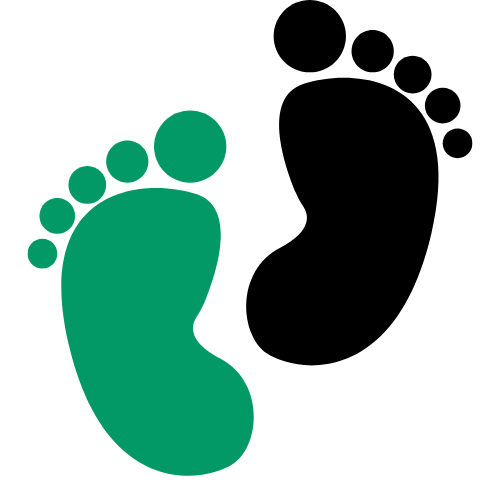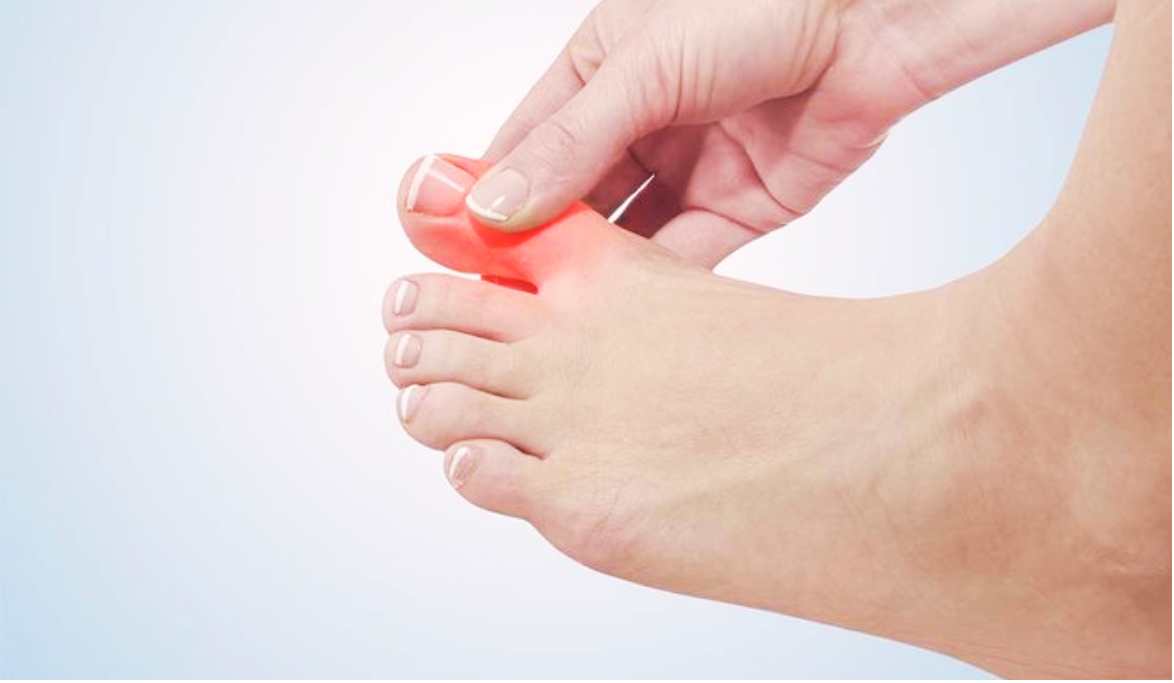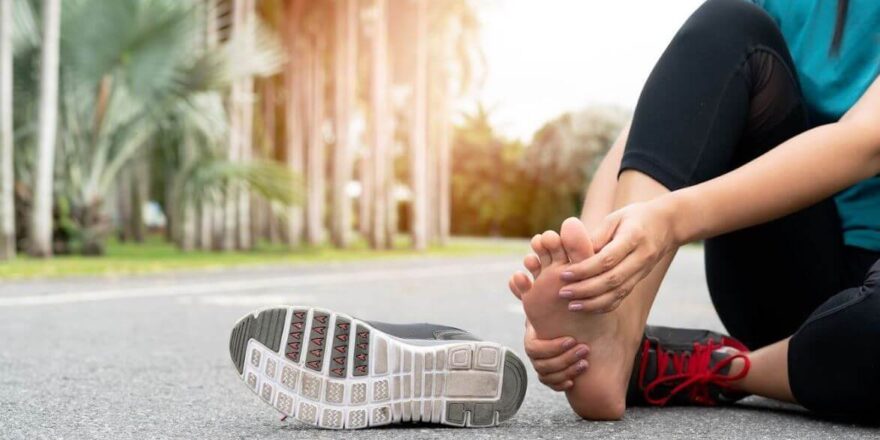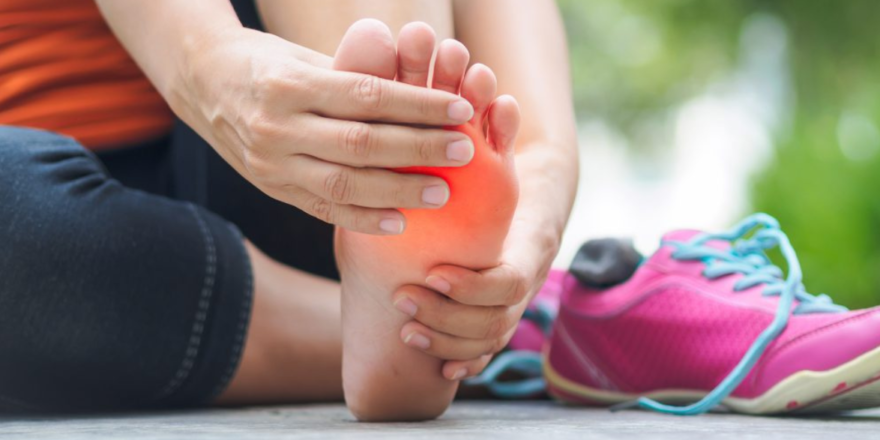Have you ever experienced pain and stiffness in your big toe joint?
If so, you may be suffering from hallux rigidus, now the question is raised, what actually is hallux rigidus?
What is hallux rigidus?
Hallux rigidus is a type of arthritis that causes the cartilage in the big toe joint to break down. This can lead to pain, stiffness, and swelling in the joint.
Over time, the joint may become deformed, making it difficult to bend and straighten the big toe.
Risk factors for developing hallux rigidus
There are a number of factors that can increase your risk of developing hallux rigidus, including:
- Age: Hallux rigidus is most common in people over the age of 50.
- Sex: Women are more likely to develop hallux rigidus than men.
- Family history: If you have a family history of hallux rigidus, you are more likely to develop it yourself.
- Foot deformities: Certain foot deformities, such as bunions and flat feet, can increase the stress on the big toe joint and make you more likely to develop hallux rigidus.
- Overuse: Overusing the big toe joint, such as through participation in certain sports or activities, can increase your risk of developing hallux rigidus.
- Injury: A previous injury to the big toe joint can also increase your risk of developing hallux rigidus.
Can you imagine not being able to bend or straighten your big toe?
This is the reality for many people with hallux rigidus. The pain and stiffness associated with this condition can make it difficult to walk, run, and participate in other activities.
Hallux rigidus, a condition characterized by stiffness and pain in the big toe joint, can significantly impact an individual’s quality of life. Understanding the common risk factors associated with the development of this condition is crucial for prevention and management.
Imagine a life where every step you take is accompanied by a sharp, persistent pain in your big toe. What could be causing this discomfort?
Let’s delve deep into the common risk factors for developing hallux rigidus, uncover their impact on your health, and discover ways to protect your feet from this debilitating condition.
Understanding Hallux Rigidus
Before delving into the risk factors, it’s essential to have a basic understanding of hallux rigidus. This condition is essentially arthritis of the big toe, and it can cause pain, stiffness, and a reduction in joint mobility.
Hallux rigidus can significantly affect daily life and hinder activities that rely on the proper functioning of the big toe joint. So, what factors contribute to the development of this ailment?
Related Post: 15 Best Shoes For Hallux Rigidus [For Men & Women] – HRC
Age and Genetics
One of the primary risk factors for hallux rigidus is age. The wear and tear on our joints naturally increases. The big toe joint is no exception, and it’s more prone to developing arthritis as we grow older.
Genetics can also play a significant role. If you have a family history of hallux rigidus, your risk of developing the condition is higher.
Aging is inevitable, but the genetic lottery is something we can’t control. How can you protect your big toe joints as the years go by? Let’s examine the interconnectedness of genetics, aging, and hallux rigidus.
Abnormal Foot Structure
A person’s foot structure can greatly affect their risk of developing hallux rigidus. Those with flat feet or excessively high arches may be at an increased risk. These conditions can alter the mechanics of the foot, leading to uneven pressure on the big toe joint.
Overuse and Trauma
Overusing your big toe joint, especially in activities that involve repetitive motion, can increase your risk of hallux rigidus. Athletes, dancers, and individuals who engage in activities that place constant stress on the big toe joint should be particularly cautious. Trauma to the joint, such as stubbing your toe or a significant injury, can also trigger the condition.
Improper Footwear
Your choice of footwear can have a significant impact on the health of your feet. Wearing tight, narrow shoes with inadequate toe room can put constant pressure on the big toe joint.
High heels can exacerbate the problem by shifting your body weight forward. These fashion choices may increase your risk of hallux rigidus.
Obesity
Carrying excess weight places added stress on the joints of your lower extremities, including the big toe. Obesity is a well-known risk factor for many joint-related conditions, and hallux rigidus is no exception.
Prevention and Management
Now that we’ve explored the common risk factors for hallux rigidus in detail, you’re probably wondering how to protect your big toe joint. Prevention is key, and there are several steps you can take to reduce your risk.
Maintaining a healthy weight, choosing supportive and comfortable footwear, and avoiding overuse of the big toe joint are all important. If you suspect you’re at risk, consult a healthcare professional for a personalized prevention plan.
Related Post: Hallux Rigidus: Causes, Symptoms & Treatment
Conclusion
Hallux rigidus can be a debilitating condition, but understanding the risk factors and taking proactive steps to prevent it can make a significant difference.
By addressing age, genetics, foot structure, overuse, footwear choices, and weight, you can reduce your risk of developing this painful ailment. Remember, your big toe deserves the same care and attention as any other joint in your body.





